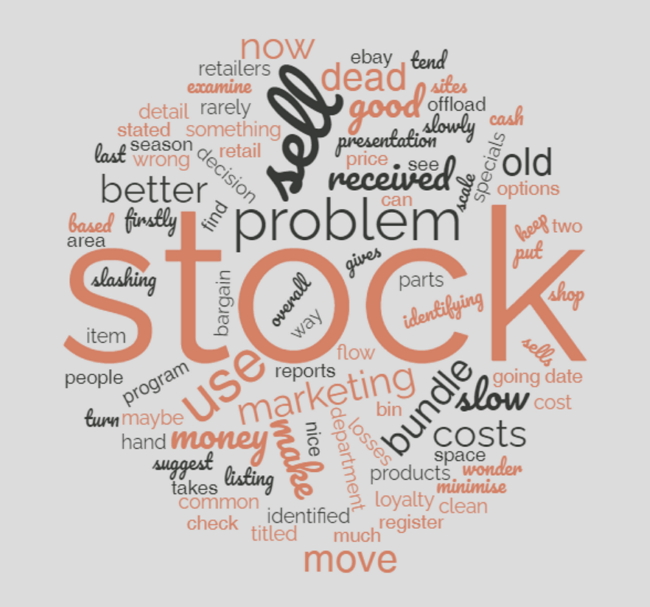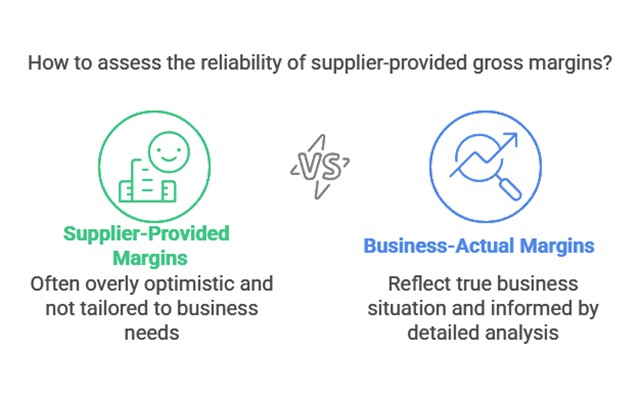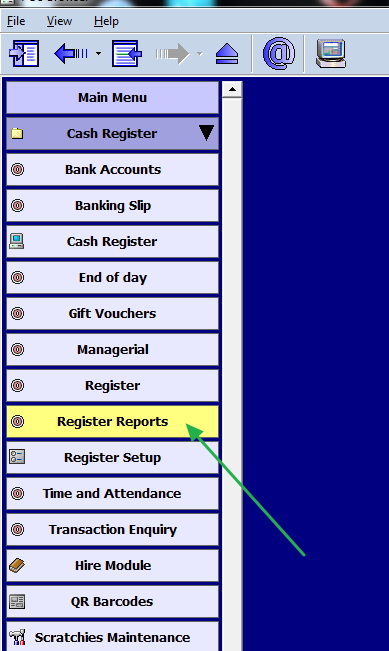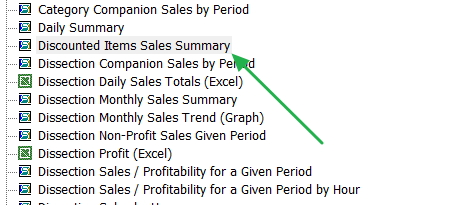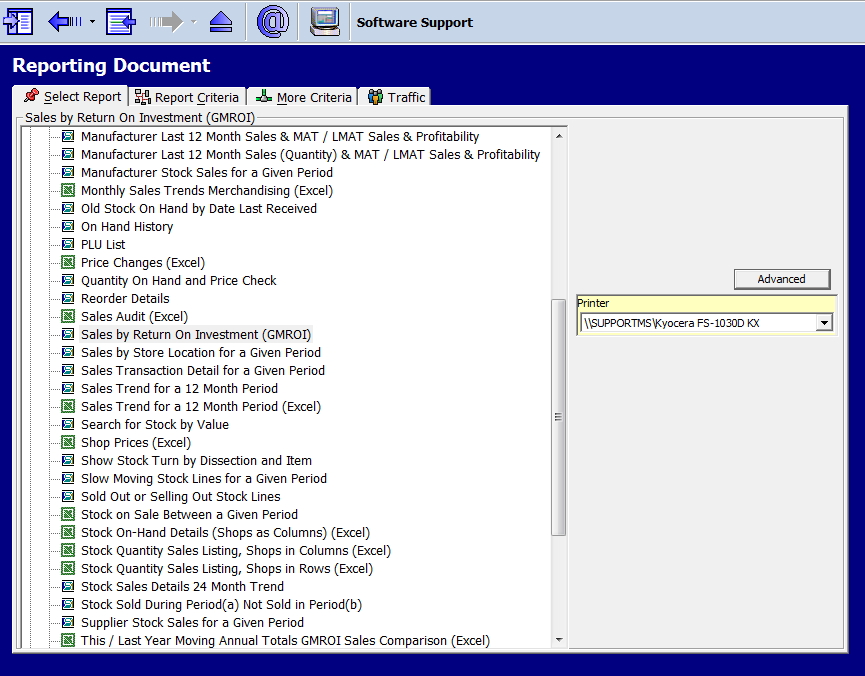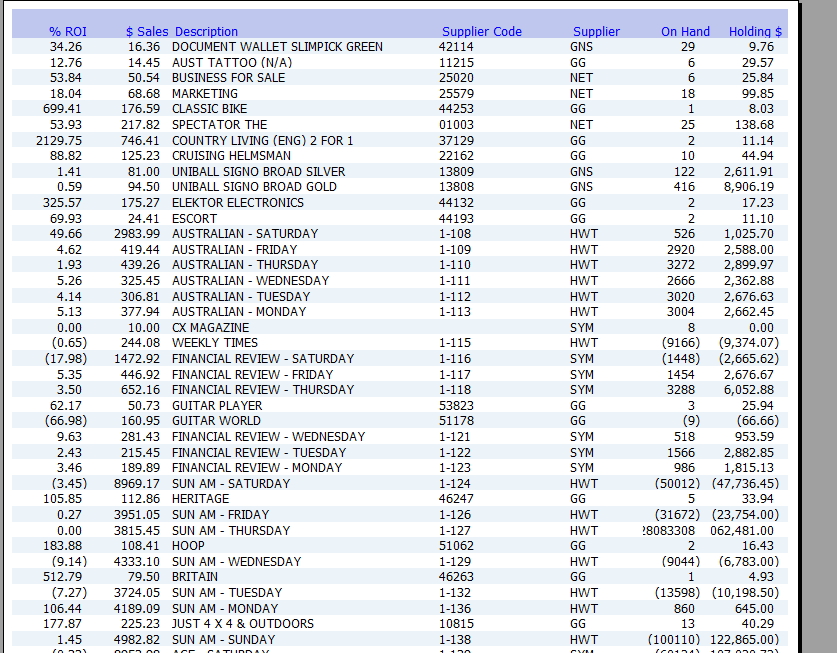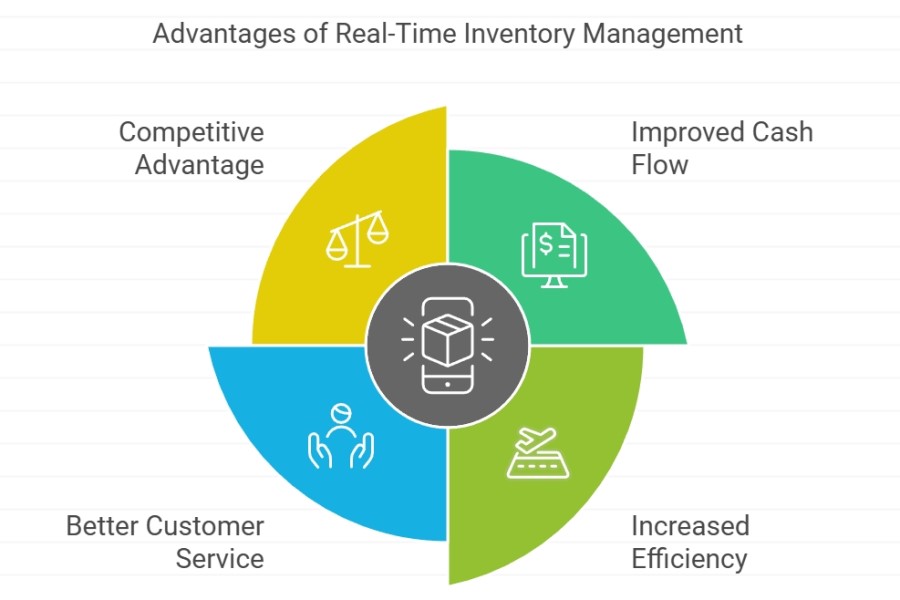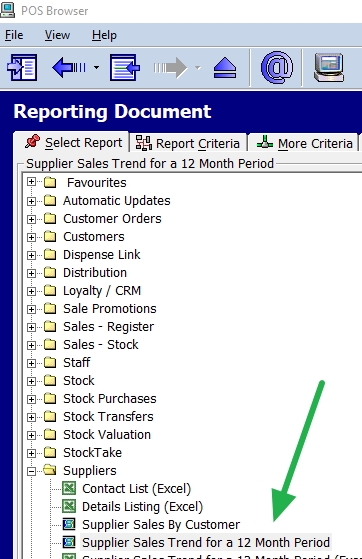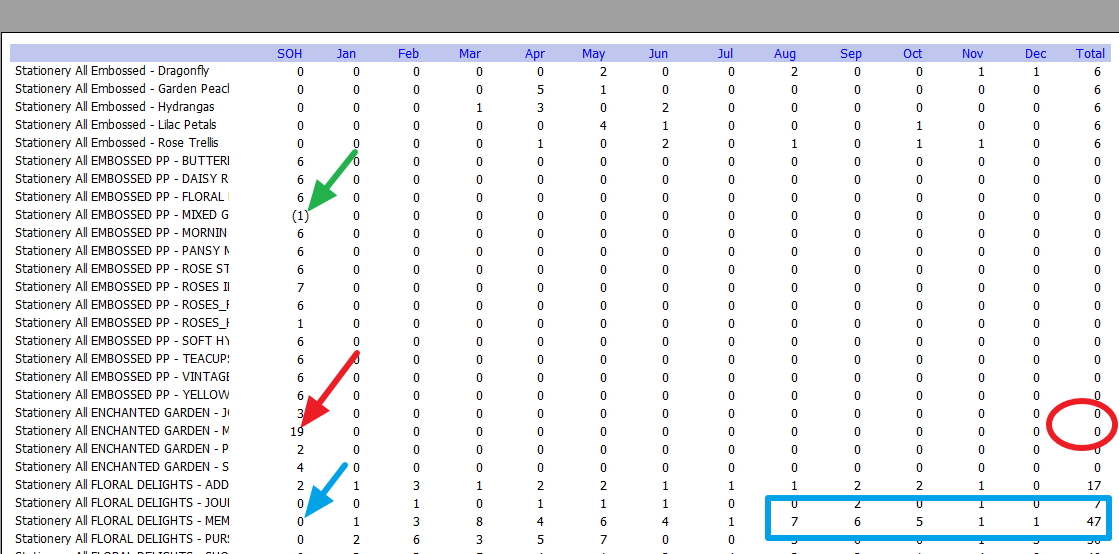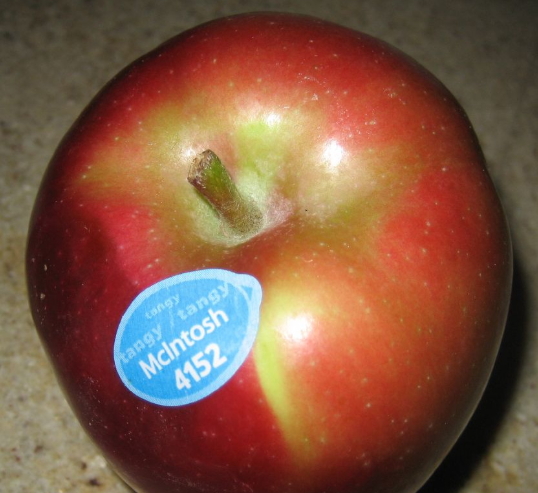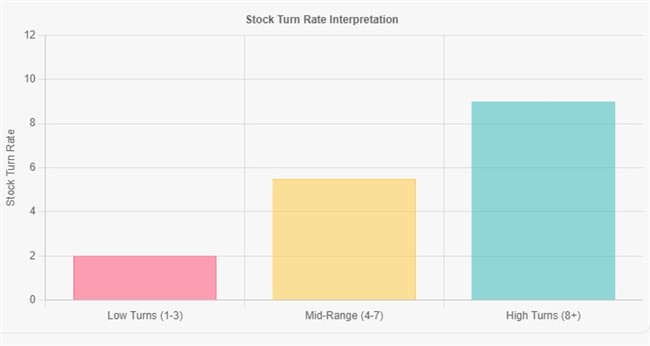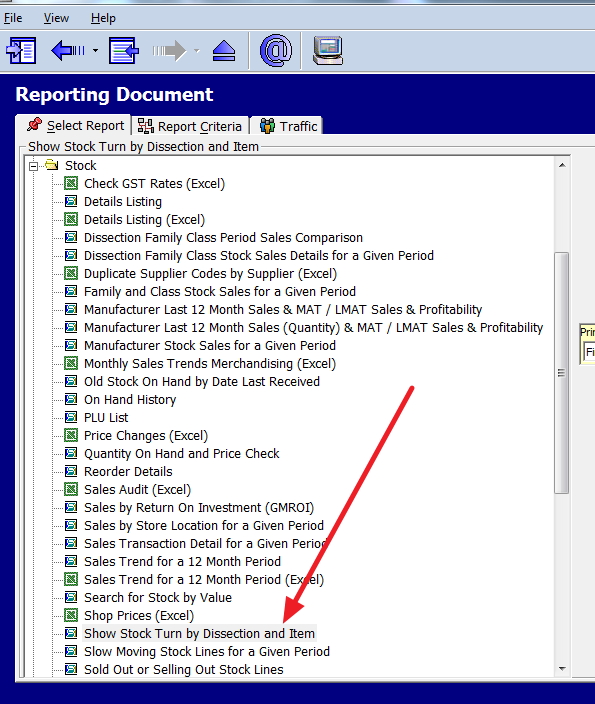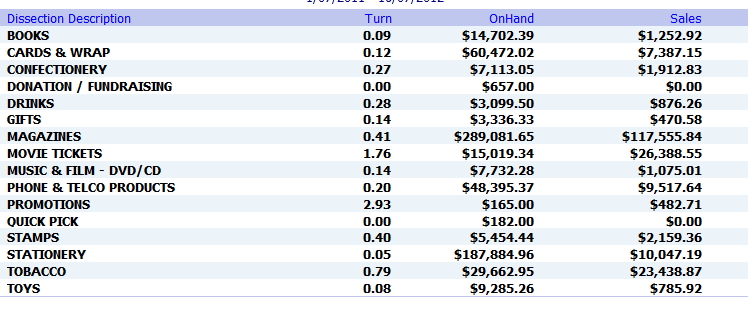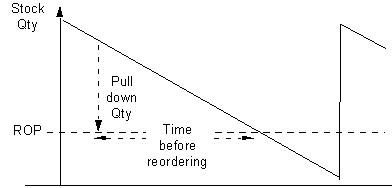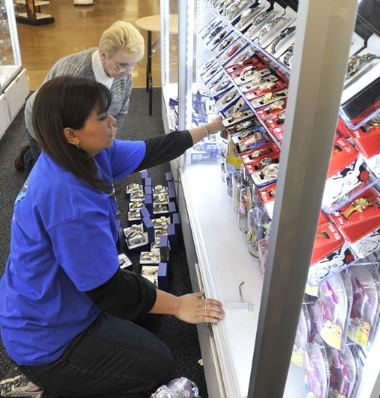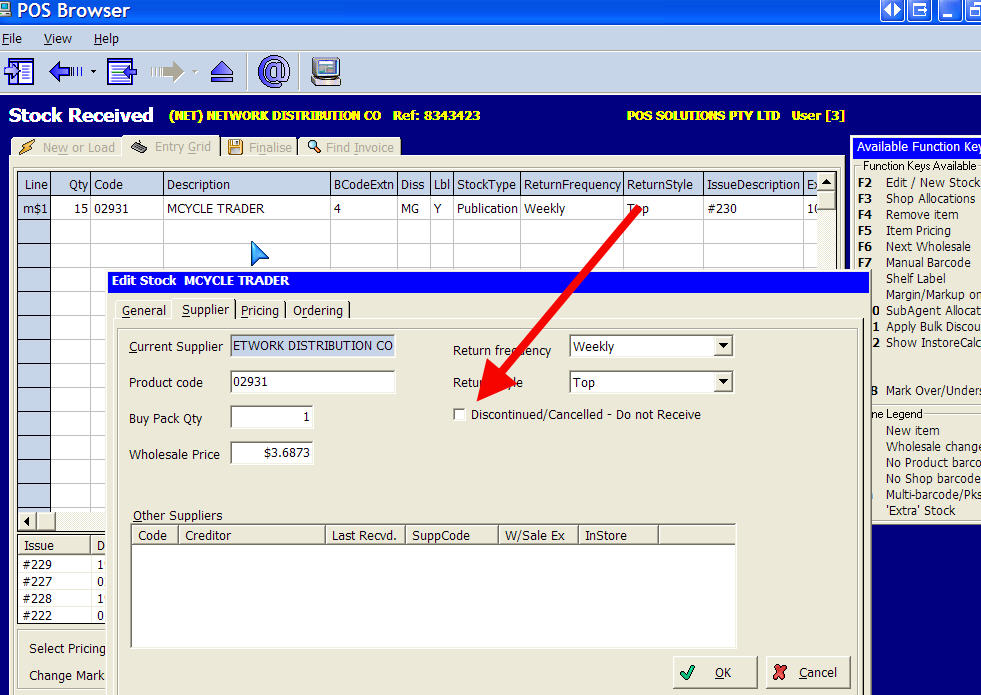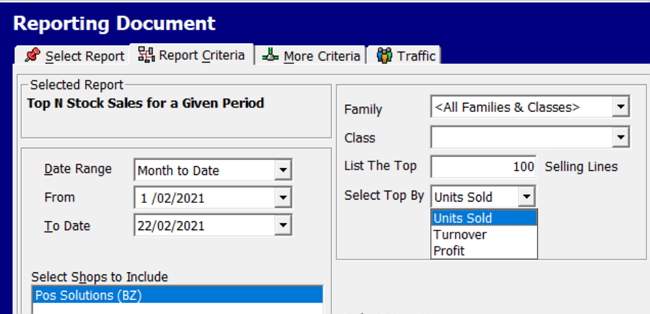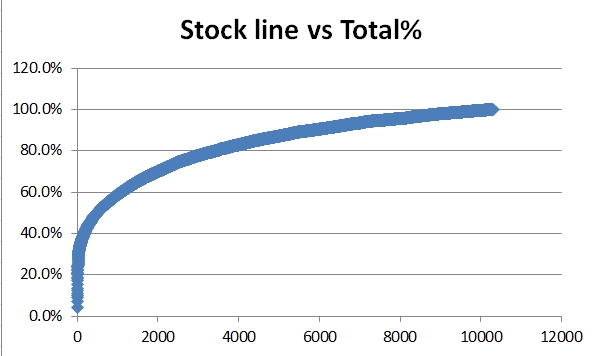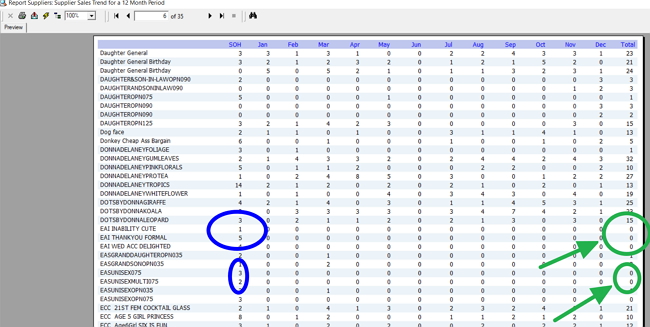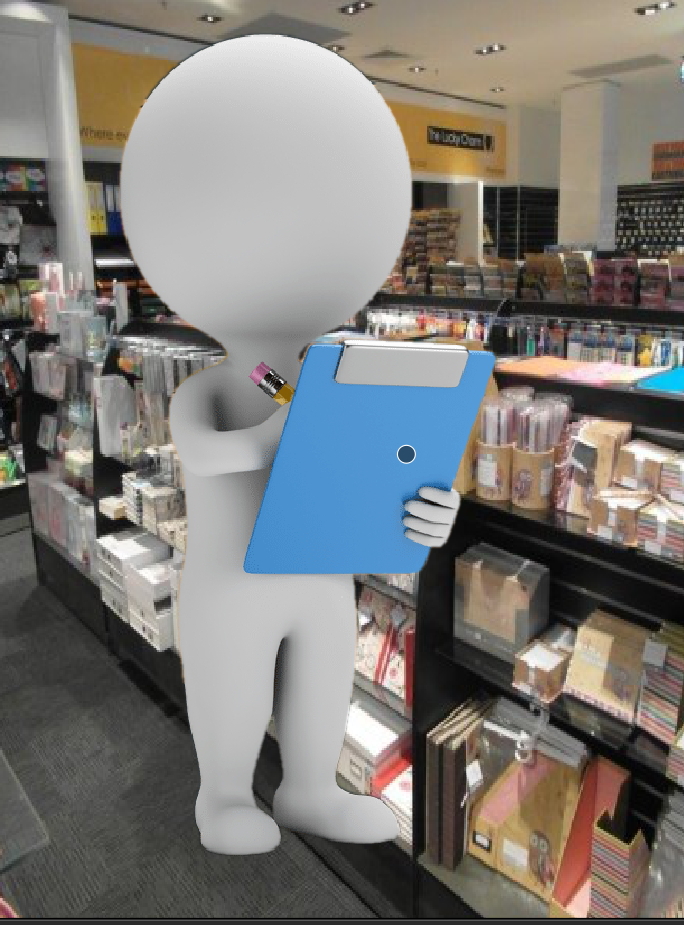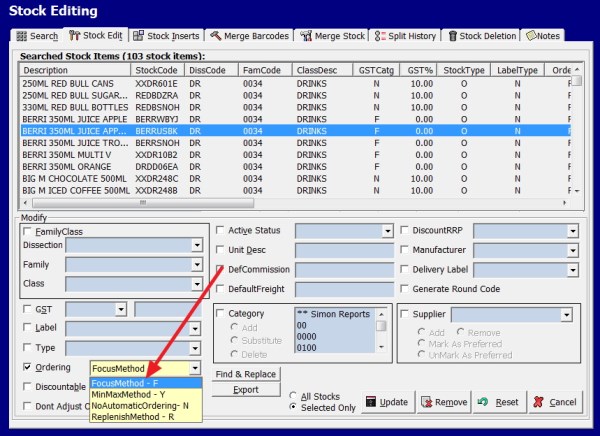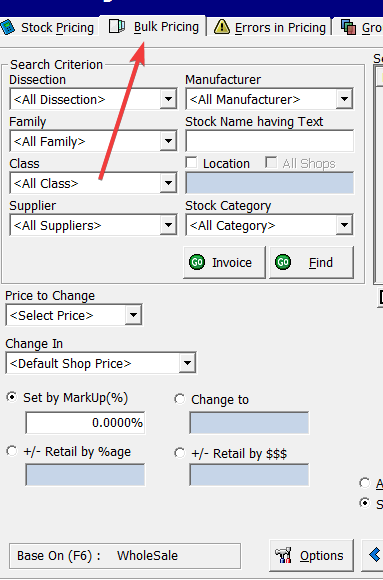Hidden Inventory: The Retail Profit Killer
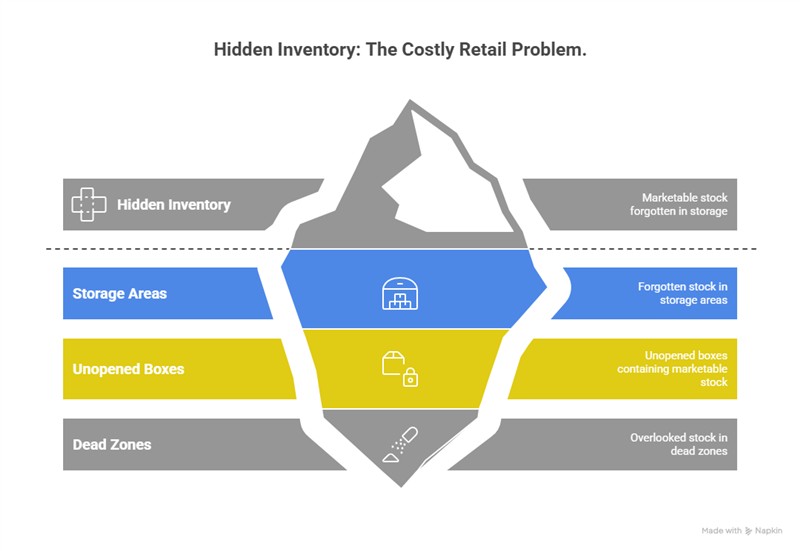
Hidden inventory, which includes marketable stock forgotten in storage areas, unopened boxes, and dead zones, can represent one of retail's most costly yet overlooked problems in inventory management and retail stock control.
Understanding Forgotten Stock vs Slow Stock vs Dead Stock
Let us first discuss what we are talking about.
Forgotten stock
It is marketable inventory that remains forgotten and hidden from customers. Often found in the back rooms, under counters, and in unopened shipping containers. It is defined as unsold or excessive inventory that is silently draining a business's profits through storage costs, potential obsolescence, and tied-up capital
Slow Stock
It is stock that moves only very slowly in your shop.
Dead stock
It is merchandise that has become unsellable, e.g. expiration dates, damage, or fashion.
Now what happens is that your Point-of-sale reporting systems will categorise these forgotten items as either slow or dead stock because their sales are so low. It misrepresents your inventory. These items are often marketable but invisible to the customers. It represents stock that can be turned into working capital now.
Our recent installation of a POS System in a shop perfectly illustrates this problem's scope and impact. We found substantial quantities of saleable inventory uselessly stored in unopened boxes throughout the shop. It was not just in the store room but everywhere, and some of it was never accounted for in their stock-take. This stock comprised marketable products that had been forgotten and so removed from sales.
In my experience, a significant reason for the problem is that suppliers often encourage you to purchase stock to maximise their own revenue objectives.
Why Suppliers Create Hidden Inventory Problems
Partly it is to maximise their own revenue objectives, but it also serves a strategic aim of securing your loyalty by pushing their stock on you, as it makes it harder for you to go elsewhere. The reasoning here is that it would be harder for you to buy stock from supplier B if you still have much of their stock.
Understanding supplier motivations helps prevent future accumulation, but first, you need to identify existing hidden inventory using these systematic approaches.
How to Find Hidden Inventory in Your Shop
I suggest that you do the following.
Computer audit
Run a slow and/or dead stock report in your POS Software. It will provide you with a list of items that are not selling. It only takes you a minute and will give you an instant picture of the problem. Many of you will be surprised by what you find in these reports.
Physical Search
Then look for unopened boxes, which you may find in your storage area and under the counter spaces. Please go through them. You may have a lot of boxes in your garage at home as well.
Dead areas
Look on the shelves in areas that rarely sell, as you may have goods there that are not selling because they are located in a dead zone in the shop.
Inventory Management System
If it turns out to be a problem, you need to address the leading cause: your purchasing. How is it being done? What controls do you have in place before ordering?
Here is a quick checklist:
Make a realistic sales projection
If you have our POS System, it has a focus figure, which is an AI weekly sales estimate. If not, then consider the current sales in light of seasonal factors, market trends, and historical performance data.
Now look at this figure to see what you need now.
Technology Solutions
Run a computer ordering report and then review it. Our system features an AI component, but most POS software includes some form of automatic ordering method. These are hardly perfect, but they are better than starting with nothing and saving lots of time.
Timing
Do you need to order now? If your supplier can supply in a week, do you need more than a week or two of stock? As a rule, order small and often.
What do you have
If you have other stock in storage, consider selling what you have rather than buying new stock.
Space
Do you have space to display the new products? The main reason stock is forgotten is that it cannot be displayed, as there is already an excessive amount of it.
Retail stock control strategy
Successful stock levels are an ongoing systematic process, and modern retail success increasingly depends on efficient capital deployment and operational excellence.
In modern retail, forgotten stock is inexcusable! Start with a comprehensive audit now.
Written by:

Bernard Zimmermann is the founding director of POS Solutions, a leading point-of-sale system company with 45 years of industry experience, now retired and seeking new opportunities. He consults with various organisations, from small businesses to large retailers and government institutions. Bernard is passionate about helping companies optimise their operations through innovative POS technology and enabling seamless customer experiences through effective software solutions.

